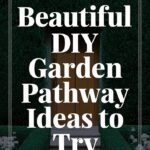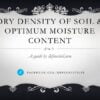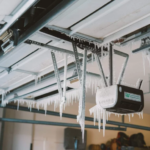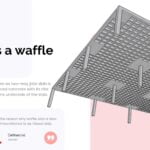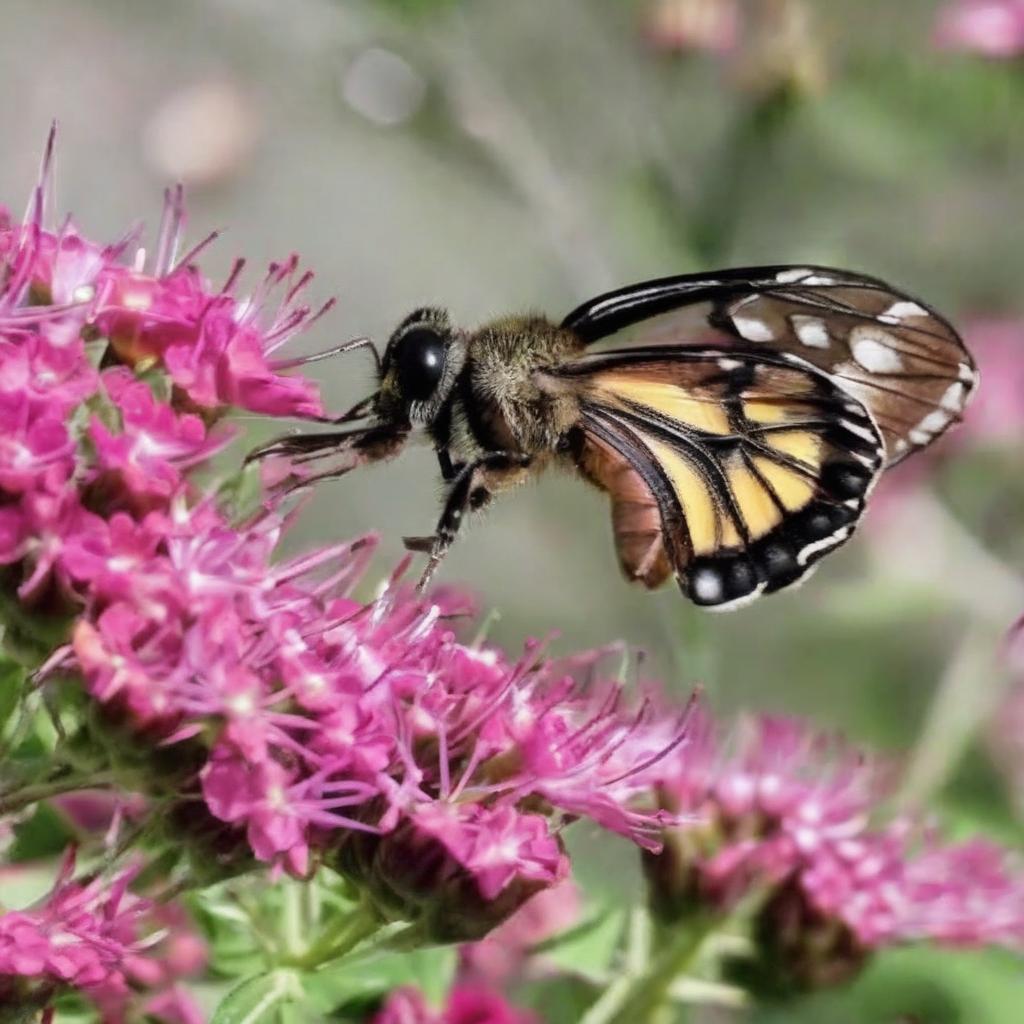
Attracting Bees, Butterflies, and Other Pollinators to Your Yard: Expert Tips
Bees, butterflies, bats, and beetles may seem like an unlikely group, but they share a common trait – they’re top-tier pollinators, and our global food system relies heavily on them. In fact, close to 80% of flowering plants need a pollinator to reproduce, and about 30% of the food we eat can be traced back to a pollinator. As Mace Vaughan, co-director of pollinator and agricultural biodiversity at Xerces, an international nonprofit organization dedicated to the conservation of invertebrates and their habitats, explains, “A lot of vegetables that we might not think about as being insect-pollinated, like lettuce or onions or carrots, ultimately need a pollinator somewhere in the production line to help produce the seed that grows the edible veggie.”
The Importance of Pollinators
Our collective wellbeing is intricately tied to these critters, but habitat loss, pollution, and climate change threaten to wipe out many essential species. The loss of pollinators can have far-reaching consequences, impacting not just our food supply but also the ecosystem as a whole. Even when we’re faced with pollinator declines, there are many interesting and fun things you can do to bring pollinators right into your yard, says Vaughan.
Simple Ways to Make Your Yard Pollinator-Friendly
Vaughan offers four easy ideas to make your yard more hospitable to pollinators:
- Plant pollinator-friendly flowers and trees
- Avoid using insecticides in your yard
- Create nest sites for pollinators
- Add clover to your lawn
1. Plant Pollinator-Friendly Flowers and Trees
One of the best ways to make your yard pollinator-friendly is to plant species of plants and trees that offer them plenty of pollen and nectar. Milkweed and sunflowers are a great place to start. When choosing plants, aim for native species that are designed to thrive in your climate, and choose organic seeds. Learning what plants are native to your region can be a great starting point.
Some tips for planting pollinator-friendly flowers and trees include:
- Choose plants that are rich in nectar and pollen
- Opt for native plants that are well-suited to your climate
- Select a variety of plants that bloom at different times to provide a constant source of food for pollinators
- Consider using organic seeds to avoid exposing pollinators to pesticides
2. Avoid Using Insecticides in Your Yard
Insecticides and their toxic chemicals will undermine any work you do to create a pollinator-friendly garden. Instead of using insecticides, try natural pest-deterrent methods. When purchasing new plants for your yard, be sure to check the labels or ask the nursery staff for help to ensure you’re not buying seeds that have been treated with harmful pesticides.
Some natural pest-deterrent methods include:
- Using companion planting to deter pests
- Encouraging beneficial insects, such as ladybugs and lacewings
- Using physical barriers to prevent pests from reaching your plants
- Spraying soaps or neem oil to deter pests
3. Create Nest Sites for Pollinators
Many pollinators, such as bees and butterflies, need a place to nest and lay their eggs. You can create nest sites for pollinators by using leaves as garden mulch, creating small piles of twigs in the yard, or keeping a heap of organic matter in a corner of your garden. This will provide a space for critters to nest and help to support the local pollinator population.
Some tips for creating nest sites include:
- Using leaves and other organic matter to create a mulch
- Creating small piles of twigs and other debris
- Leaving some areas of your yard untidy to provide shelter for pollinators
- Providing a source of water, such as a shallow dish or birdbath
4. Add Clover to Your Lawn
Sprinkling clover seeds over traditional grass is a simple way to create a floral feast for pollinators. White and crimson clover varieties are high in nectar, making them a great food source for bees, butterflies, and other pollinators. This simple trick makes your yard insect-friendly without having to do much hands-on gardening, since clover spreads relatively quickly and easily.
Some benefits of adding clover to your lawn include:
- Providing a source of nectar for pollinators
- Reducing the need for fertilizers and pesticides
- Creating a low-maintenance lawn alternative
- Improving soil health through nitrogen fixation
By following these simple tips, you can create a pollinator-friendly yard that will attract bees, butterflies, and other essential pollinators. Not only will this help to support the local ecosystem, but it will also provide a beautiful and thriving outdoor space for you to enjoy.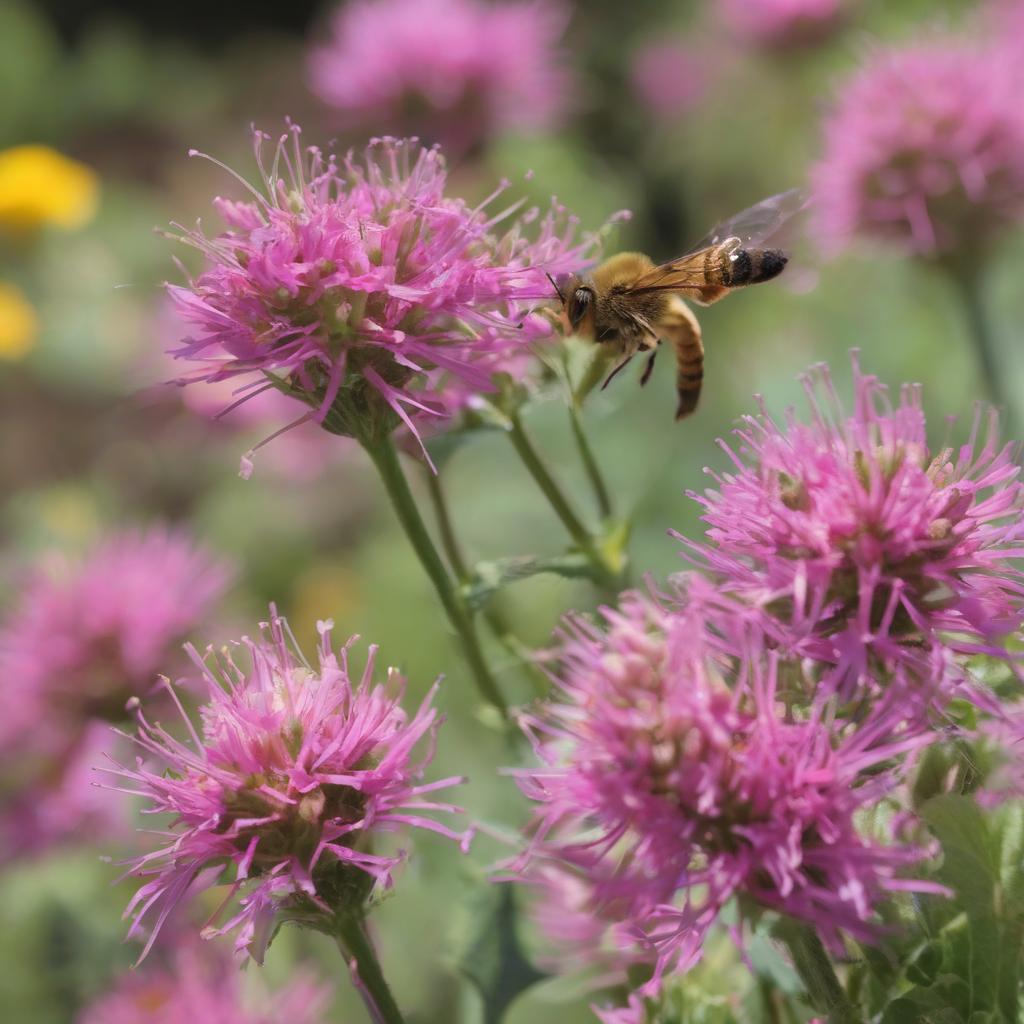
Frequently Asked Questions
- Why are pollinators important?
- Pollinators are crucial for our food system, as close to 80% of flowering plants need a pollinator to reproduce, and about 30% of the food we eat can be traced back to a pollinator.
- What are some simple ways to make my yard pollinator-friendly?
- Four easy ideas include planting pollinator-friendly flowers and trees, avoiding insecticides, creating nest sites for pollinators, and adding clover to your lawn.
- What types of plants are best for attracting pollinators?
- Choose plants that are rich in nectar and pollen, native to your region, and bloom at different times to provide a constant source of food for pollinators. Examples include milkweed and sunflowers.
- Why should I avoid using insecticides in my yard?
- Insecticides can undermine your efforts to create a pollinator-friendly garden and harm pollinators. Instead, use natural pest-deterrent methods like companion planting and encouraging beneficial insects.
- How can I create nest sites for pollinators?
- Create nest sites by using leaves as garden mulch, creating small piles of twigs, and keeping a heap of organic matter in a corner of your garden.
- What are the benefits of adding clover to my lawn?
- Adding clover to your lawn provides a source of nectar for pollinators, reduces the need for fertilizers and pesticides, creates a low-maintenance lawn alternative, and improves soil health through nitrogen fixation.
- Can I still have a beautiful yard if I make it pollinator-friendly?
- Yes, creating a pollinator-friendly yard can provide a beautiful and thriving outdoor space for you to enjoy, while also supporting the local ecosystem.

